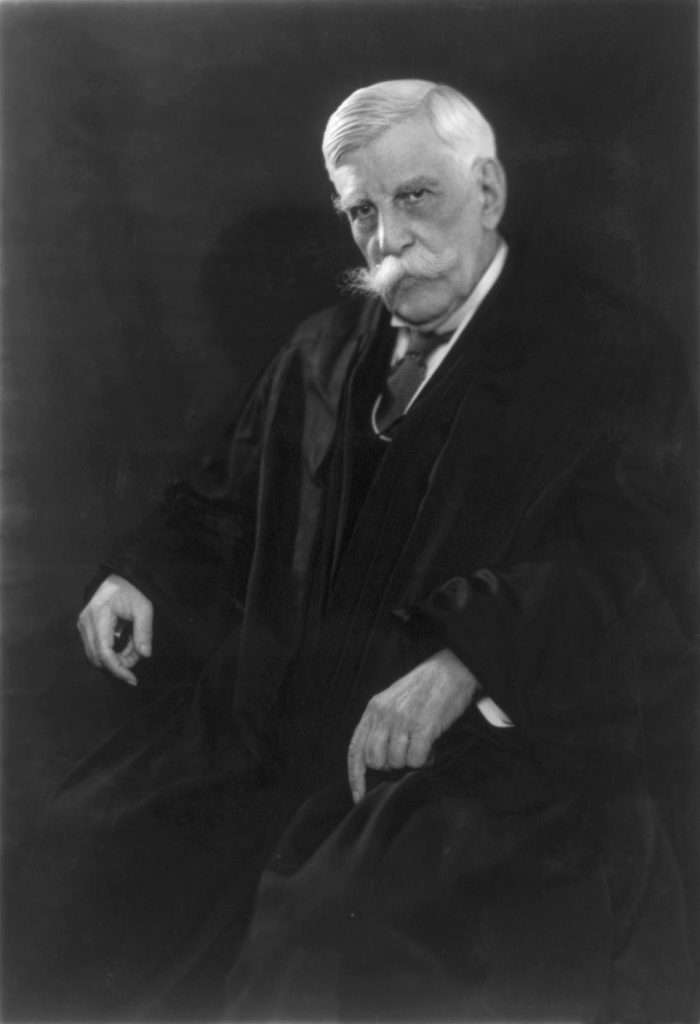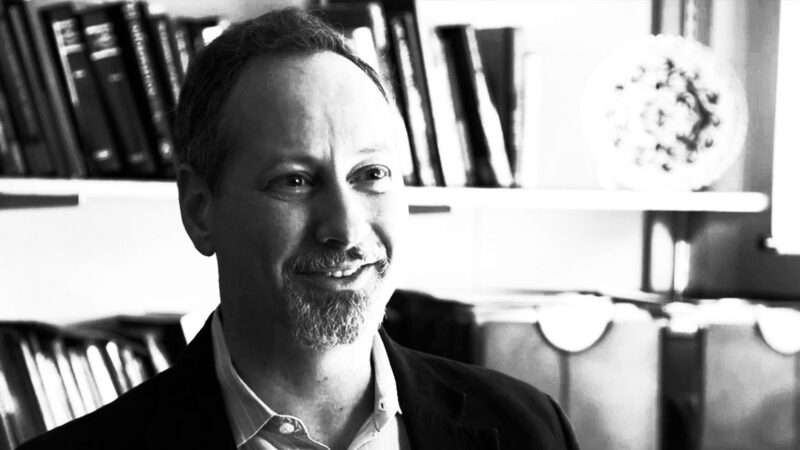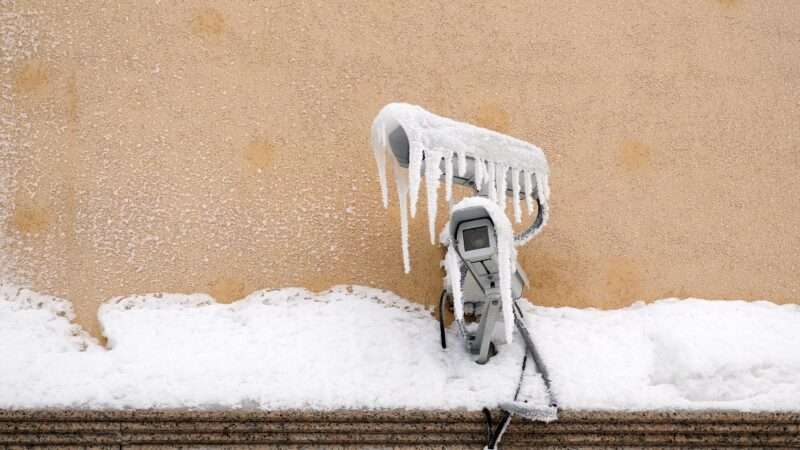Carlsbad City Council member Cori Schumacher got a temporary civil harassment restraining order against Carlsbad resident Tony Bona and former resident Noel Breen over their speech, essentially claiming their speech about her was threatening; they moved to dismiss under the California anti-SLAPP statute, and on Thursday, Superior Court Judge Cynthia Freeland granted the defendants’ motion (filed by lawyer Erik Jenkins). A bit of factual background, from The Coast News (Steve Puterski):
Court documents show Bona’s posts centered on rumors Schumacher didn’t actually live in the district she represented and should be disqualified from holding public office.
In relation to the rumor, Bona shared an image of a cartoon character from the children’s book “Where’s Waldo,” writing that instead of finding Waldo, residents should join him in playing a game of “Where’s Cori?” The rumors about Schumacher’s residence have since been debunked….
Schumacher also claimed a YouTube video on Bona’s channel “Regular Guy in Carlsbad” constituted harassment. The video in question featured a clown face superimposed over Schumacher’s head during a Carlsbad City Council meeting and later exploded from “apparent confusion,” per Freeland’s ruling.
Here’s an excerpt from the tentative order, which Judge Freeland adopted as her final order:
[T]o obtain a CHRO [civil harassment restraining order], Schumacher must prove through clear and convincing evidence that she suffered … “unlawful violence, a credible threat of violence, or a knowing and willful course of conduct directed at a specific person that seriously annoys, or harasses the person, and that serves no legitimate purpose.” A “credible threat of violence” is a “knowing and willful statement or course of conduct that would place a reasonable person in fear for the person’s safety or the safety of the person’s immediate family, and that serves no legitimate purpose.” “Constitutionally protected activity is not included within the meaning of ‘course of conduct.”‘ …
{Schumacher [argues] that the request for a civil harassment restraining order “only arises from specific threats that were made to (a) force Petitioner to move out of her home, (b) surveil and stalk Petitioner using ‘high tech surveillance,’ and (c) threatening to blow Petitioner up with a bomb by posting a video of an explosion superimposed over her speaking.”} [But the speech here is not punishable threats.] Bona commented on a Facebook post about a council meeting after previously asking Schumacher to step down that she should get ready to “move” out of the city…. Bona posted about neighbors surveilling her [apparently in relation to the rumors that she didn’t actually live in the city -EV] alongside a picture of Waldo and the words “Where’s Cory?” … Bona added a brief animated explosion similar to a comic book (along with various other animations added to the video) over Schumacher’s face in the middle of a council meeting that appears to reference Schumacher’s head exploding from confusion.
Neither Bona’s “non-neighborly” comments on Nextdoor, his [California Public Records Act] request, nor his threat to sue over unanswered questions about COVID during a Facebook Live event provide context that would lead a reasonable person to believe that he intended to physically force Schumacher from her home, join forces with the neighborhood to unlawfully stalk her through high tech surveillance at the expense of her safety, or build a bomb. Simply calling these posts threats is not enough; some modicum of clear and convincing evidence is required to establish a prima facie case….
The result is the same as to Breen. Merely comparing Schumacher’s leadership to that of East Germany is not a threat to her safety, but rather pure political criticism. Although many people may disagree, or find such a comparison to be crude and offensive method of stating his opposition, even unpopular opinions are entitled to protection. Nothing in the August 9, 2020 blog post Schumacher submitted can reasonably be construed as a threat to her safety or other unconstitutional activity.
The same is true of the September 7, 2020 blog post Schumacher submits that repeatedly includes the term “GTFO.” … [T]he blog post itself notes it is “borrow[ing] a line from the Councilwoman” that she had put “squarely in the public domain”—an apparent reference to Schumacher’s August 21, 2020 Twitter post telling [Tony Krvaric (chairman of the San Diego Republican Party)] to take his “brand of white nationalist, regressive, traditionalist/authoritarian toxic & destructive politics” and “GTFO of North County.” Breen’s blog post thereafter uses GTFO not as a threat to Schumacher, but as a mantra with phrases like “Never again will ‘guilt by association’ carry the day GTFO” and “Never again will you be bullied into silence GTFO.”
[T]he Court does not consider whether Breen’s unpled conduct cornering Schumacher and monopolizing her time at political events in years past would independently entitle her to a CHRO. But even if the Court considers the evidence for the purpose of putting the pleaded allegations (Breen’s blog) in context, this evidence simply does not color these posts from a year later as threats that Breen would physically force Schumacher from her home or otherwise put her in physical danger. The only reasonable interpretation of these posts is political commentary, not personal threats….
A hearing is scheduled for next month on Bona’s and Breen’s motions seeking attorneys’ fees (which are allowed to defendants who are sued based on their speech and then prevail on an anti-SLAPP motion).
from Latest – Reason.com https://ift.tt/3qrHvVs
via IFTTT



